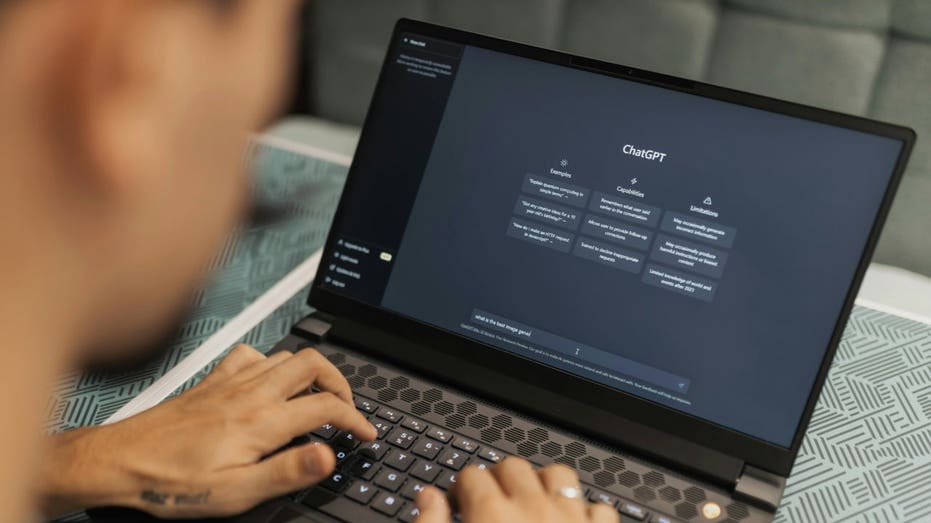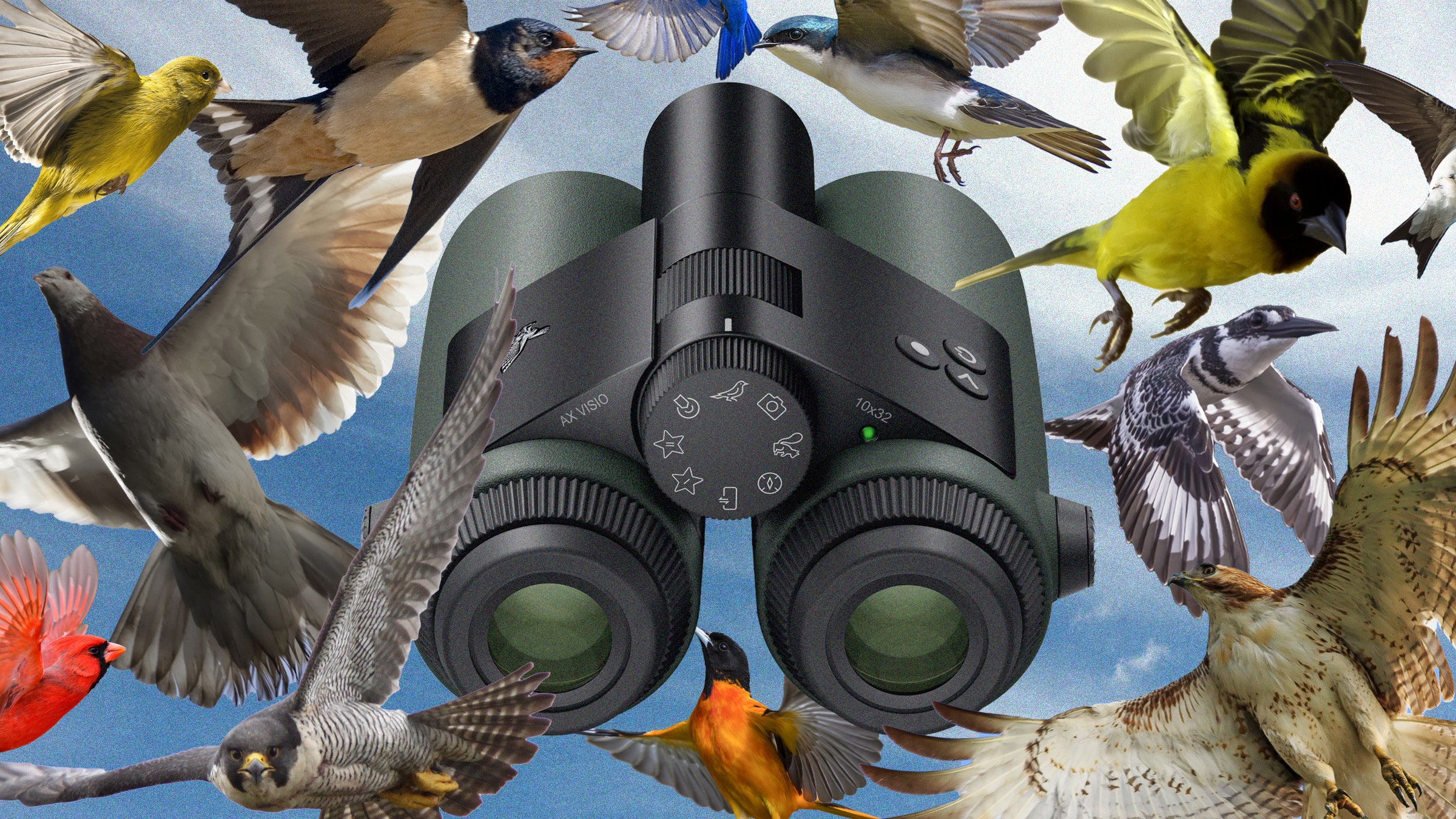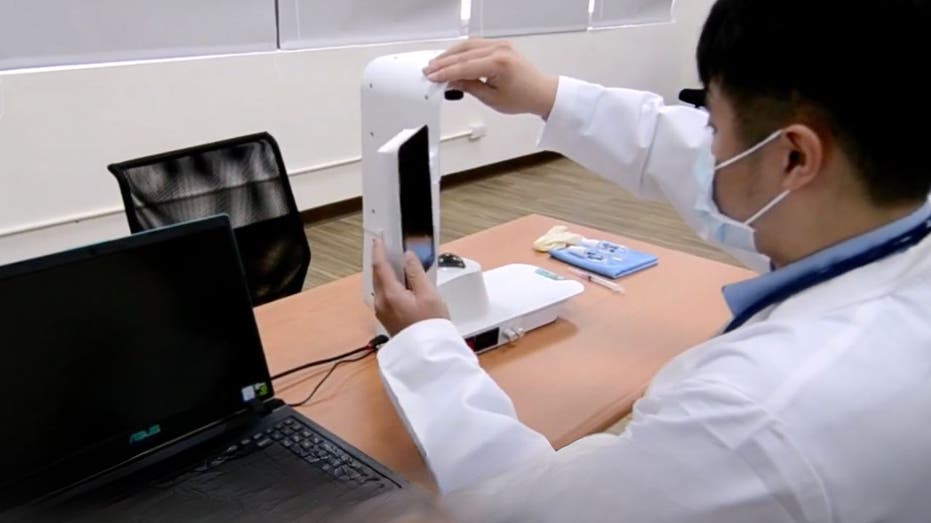Bluetooth has eradicated the wires from everyday devices.
getty
Bluetooth is one of technology’s great survivors. Once derided as an unreliable battery hog, Bluetooth is now an indispensable part of the modern world, helping devices to wirelessly connect with one another.
What is Bluetooth? In a nutshell, it’s a short-range radio standard that’s utilized for wireless headphones, console controllers, smartwatches, keyboards and all manner of other devices. In fact, it’s hard to imagine modern life without it.
In this feature, we’ll dive into exactly how the technology works, how it’s evolved over the years and highlight some of the many uses that Bluetooth can be put to in our everyday lives.
What Is Bluetooth?
Bluetooth is the industry-standard wireless technology for connecting devices over short distances.
You’ll almost certainly have Bluetooth built into many of your personal devices, including your smartphone, computer, headphones, games consoles and more.
Bluetooth has many advantages over other means of connecting devices. At the most basic level, it allows devices such as headphones, keyboards and games controllers to connect reliably without ugly wires. The technology has also become much less energy hungry over the years, meaning even devices with tiny batteries—such as wireless earbuds—can deliver many hours of battery life.
Bluetooth is a short-range wireless technology, with a typical range of around 10 meters. As with battery life, range has improved over the years, meaning it’s often now possible to maintain a connection from a different room in your home, for example. However, it doesn’t have the same range as the more powerful Wi-Fi, even though the two share the same radio spectrum.
In fact, many people confuse Bluetooth and Wi-Fi, describing them both as “wireless,” but they’re not the same thing. Wi-Fi is generally used for higher-bandwidth services, such as connecting your smartphone or laptop to your broadband router. Bluetooth simply doesn’t have the capacity to carry that weight of data traffic.
Within the Bluetooth standard, there are several different profiles that cater for different functions, such as audio or file transfers. Many devices will only work with a subset of the available Bluetooth profiles, depending on their function, but this is something the average user need not concern themselves with.
Bluetooth Origin And Evolution
Bluetooth has been around for an extraordinarily long time now, but it’s in more widespread use today than it ever has been.
Remarkably, the 1940s Hollywood actress Hedy Lamarr is credited with patenting the frequency-hopping technology that Bluetooth later came to rely on.
However, Bluetooth itself started life in the late 1980s, when engineers from the cell phone manufacturer Ericsson were looking for a technology to power wireless headsets.
Ericsson later teamed up with IBM
IBM
in the mid-1990s to develop a short-range radio link between laptops and cell phones, at which point they decided to make it an open industry standard that anyone could develop. The first Bluetooth device, a hands-free headset, was released at the Comdex technology show in 1999.
How did Bluetooth get its name? It was actually suggested as a short-term codename by an Intel
INTC
engineer, who named it after the 10th-century Danish king Harald “Bluetooth” Gormsson. When the Bluetooth Special Interest Group (SIG) came to rename the technology, they found the potential replacement names were already in common use across the internet, so they stuck with Bluetooth.
That familiar Bluetooth logo is also based on a rune formed from king Harald’s initials.
Handsfree cell phone headsets were certainly the most common use for Bluetooth in its late 1990s beginnings. You could barely get in the back of a cab without gawking at a driver with Bluetooth headset connected to his phone.
But the technology slowly evolved to connect all manner of different devices—most notably headphones, computer peripherals and games controllers—but also in all manner of medical and industrial devices, too. Today, more than 5 billion products are shipped with Bluetooth radios each year, according to the Bluetooth SIG.
Understanding How Bluetooth Works
Bluetooth devices are paired for security reasons
getty
Bluetooth uses low-power radio waves to connect to other devices.
The spectrum used by Bluetooth is in the 2.4GHz ISM spectrum band, which is one of the bands that’s also used by Wi-Fi equipment. However, there’s more than enough space in the band for the two wireless technologies to coexist without interfering with one another.
In fact, Bluetooth hops frequency several times a second, partly to avoid interference from Wi-Fi and other Bluetooth devices, keeping the connection stable. That frequency hopping also has security benefits—by effectively flicking channels so frequently it’s hard for anyone to eavesdrop on the radio connection.
Before two devices can start transmitting data, they must typically be paired, to prevent unauthorized devices gaining access. Typically, your devices will be placed in a pairing mode, and you may be asked to enter a PIN code on one or both of your devices to confirm the identity of the connecting device.
As stated earlier, Bluetooth devices generally work over short distances of no more than 10 meters. However, there are exceptions to this. For example, a new Bluetooth technology called Auracast can beam Bluetooth signals right across an auditorium at a range of up to 100 meters. This means audience members could potentially listen to different audio streams, for example live translations of a speech being given on stage.
Using Bluetooth—Applications And Use Cases
It’s simply impossible to list all the different use cases for Bluetooth technology, because it’s now used so widely across a huge range of industries.
However, you’re most likely to bump across Bluetooth in your everyday life via common devices such as smartphones and computers. The wireless headphones that you’ll see the majority of commuters wearing on a train are almost always connected via Bluetooth, for example.
Likewise, the reason you rarely see wires trailing from the back of computer keyboards and mice these days is because they’re connected via Bluetooth radios. Those radios are now so energy-efficient that you’ll often only need to replace the battery inside a Bluetooth mouse once a year, if it’s not a rechargeable unit.
Bluetooth is also now the standard means of connecting wireless games controllers on consoles such as the Xbox and PlayStation. This means you don’t have wires trailing all over the place and there’s no chance of yanking the console to the ground when the action gets frantic! It also means those same controllers can often be connected to other devices, such as a PC, Mac or smartphone.
Fitness trackers are another big user of Bluetooth. Whether it’s the smartphone on your wrist measuring your heart rate or a dedicated fitness band that’s counting how many steps you take on your morning run, they’re beaming data back to your smartphone using those low-powered Bluetooth radios.
And while we’re on the topic of health, there’s all manner of healthcare devices that rely on Bluetooth technology. To give just one example, at the recent CES show in Las Vegas, Withings launched a handheld device called Beamo, which can measure your temperature, heart rate and blood oxygen levels and report its findings back to a smartphone app via Bluetooth or Wi-Fi. Bluetooth is also commonly used in hearing aid devices and other medical equipment.
In the car, you’re probably used to connecting your smartphone to the in-vehicle entertainment system via Bluetooth. This not only allows the car’s speakers to play music from your phone, it provides a data connection for built-in satellite navigation systems, letting the driver avoid traffic jams in the area.
Talking of transport, the industry is beginning to make use of Bluetooth in other ways to help people reach their destination. For example, Bluetooth beacons can be fitted to buses, so that partially sighted customers can be alerted on their smartphone when a bus for their destination has arrived, reducing some of the uncertainty that such travelers face.
The retail industry has also experimented with Bluetooth beacons—with varying degrees of success. For example, in 2013, Apple
AAPL
introduced iBeacons in its U.S. stores, which detected when a consumer had approached a particular bench and, for example, offered them a discount on an iPhone by beaming a message to their device.
Apple’s iBeacon service is still available, but it’s never really taken off, largely because of a degree of customer resistance to being targeted based on their location.
That doesn’t mean Bluetooth beacons as a concept have died out, though. They’re still being used to monitor everything from footfall in retail stores (your phone will send out a Bluetooth signal, for example, allowing malls to anonymously monitor how busy they are at different times of day) to traffic on highways, or staff moving through a warehouse.
Bottom Line
Despite being in common use for well over 20 years—making it virtually prehistoric, given the fast turnover of consumer tech—Bluetooth is more widely used than ever before and continues to find new uses. It’s built into billions of new devices every year and it’s become the de facto way to connect our personal electronics. Unlike the Danish king it was named after, Bluetooth is here to stay.





